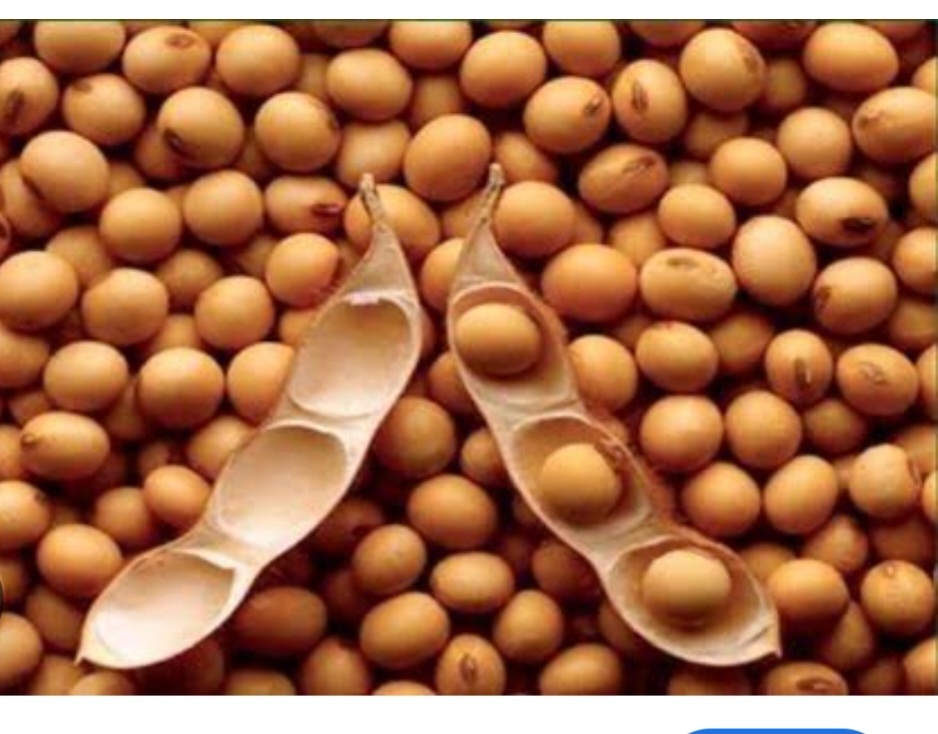
Protein is an important nutrient in human and animal diet. Lack of protein leads to deficiency and illness. The two major source of protein are animal and plants.
In many parts of Africa and the whole world, Protein deficiency, is prevalent. Animal protein is becoming too expensive for most populations. Therefore, people source for plant protein as alternative.
Many leguminous crops provide some protein. Such leguminous crops include cowpea, soyabeans, lema bean, bambara nut, groundnut etc.
Among all these leguminous crops, soybean is the only legume that provides an inexpensive and high quality source of protein comparable to meat, poultry and eggs.
Soybeans ( Glycine max) is the world most important oil seed and grain legumes crop. It originate from China. It belong to the pea family (Fabaceae) and genus Glycine which has three subgenera. The subgenera include; Glycine max, Glycine ussuriensis and Glycine gracilis. One of the subgenera apart from G. max is a native to Australia. While the other is a native to Africa and India.
Most production of soybeans lies within the temperate climate. It is also produced in the tropics and subtropical regions. it is grown for its edible seed. It’s seeds is the most richest in protein among other legumes. It’s protein has high nutritive value, especially after it has been heated to inactivate the anti metabolites.
BENEFITS OF SOYABEANS. 1. Soyabean oil is used for salad dressing, cooking and making margarine. 2. Soyabean can be used as coffee whitener, ice cream, in confectioner’s, soup preparation etc. 3. It is used in industry to manufacture soap and varnishes. 4. The after oil extract from the seed contain 89% residual meal used as protein supplement in livestock feed. 5. Soybeans and soy foods may reduce the risk of a range of health problems, including cardiovascular disease, stroke, coronary heart disease (CHD) and some cancers, as well as improving bone health. 6. Soyabeans has high-quality protein. One or two daily serves of soy products can be beneficial to our health. 7. Soybeans contain hormone-like substances (called phytoestrogens) that mimic the action of the female hormone oestrogen. It is thought soy can reduce menopausal symptoms (such as hot flushes). 8. Soy and soy foods are usually recommended to vegetarian and for vegan diets due to the high-quality protein content in it, and their ability to be processed into milk and meat. 9. Soy and soy foods are substitutes for milk, cheese and meat. Other soy products include: tofu sausages and burgers, soy breads, soy pasta and soymilk yoghurts.
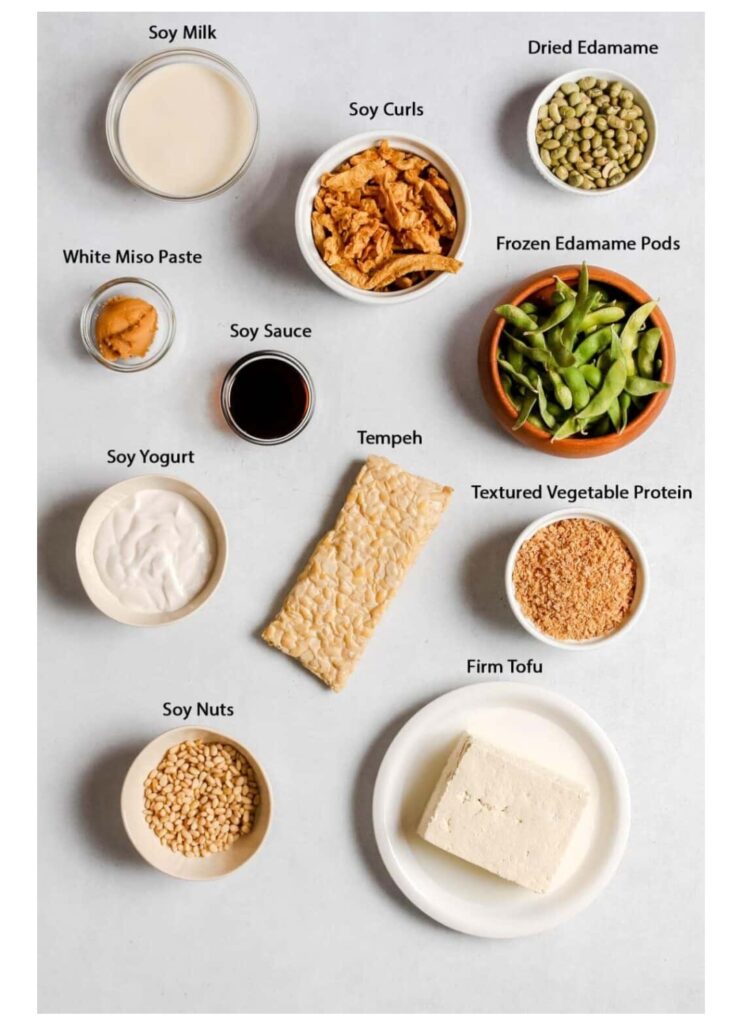
10. The nutritional profile of soybean are: high in fibre, high in protein, low in saturated fat, cholesterol free, lactose free, a good source of omega-3 fatty acids, a source of antioxidants and high in phytoestrogens. 11. Some soy products are sources of calcium and iron such as tofu or tempeh. 12. Soybeans have been shown to lower total cholesterol and LDL cholesterol levels, both known risk factors of heart disease. 13. Soy food also lowered blood pressure, bring improvements to blood vessels, (such as greater elasticity of artery walls) 14. Soy foods protect against some cancers (including breast cancer) 15. Consumption of soyfoods improved cognitive function and visual memory. 16. Soyabeans is used for manufacturing infant formulary. However, infant soy formula may be harmful to premature babies and should be best avoided. Therefore, maternal and child health nurse or doctor must be consulted before feeding soy formulary. 17. Soybeans are widely used in many food products. Lecithin (food additive 322) is made from soybeans and is often used in processed foods such as chocolate, baked goods, margarine, sauces, cheese and dairy products. 18. Soybeans contain all the three macronutrients required for good nutrition, as well as fibre, vitamins, minerals. Soybean protein provides all the essential amino acids in the amounts needed for human health. Soybeans have almost 40% protein, making them higher in protein than any other legumes and many animal products. 19. Soyabeans excessive consumption may cause digestive problems. 20. Several micronutrients are also present in soybeans, including magnesium, potassium, and folate, which is essential for DNA repair. It also contain vitamin K1 and copper.
SOME SIDE EFFECTS OF SOYABEAN PRODUCTS. 1. The most common side effects of soy are stomach upset, constipation, and diarrhea. 2. Soy may change thyroid function in people who are deficient in the mineral iodine. 3. Some people are allergic to soy and should avoid foods containing soy. Some symptoms of soy allergy include: Vomiting, Stomach cramps, Indigestion, Diarrhea, Shortness of breath, difficulty breathing, Repetitive cough, Tightness in throat, hoarse voice, Pale or blue coloring of the skin, Swelling on the tongue and/or lips and Dizziness etc. 4. Soy allergy can cause anaphylaxis, a potentially life-threatening reaction that impairs breathing, causes a sudden drop in blood pressure, and can lead to cardiac arrest if untreated
SOYABEAN PLANT DISCRIPTION
G. max is an annual legume crop. The plant is hairy with extensive root system. Rhizobium japonicum is specific to soybeans and the seeds must be inoculated when soybeans is introduced for the first time into a new areas.
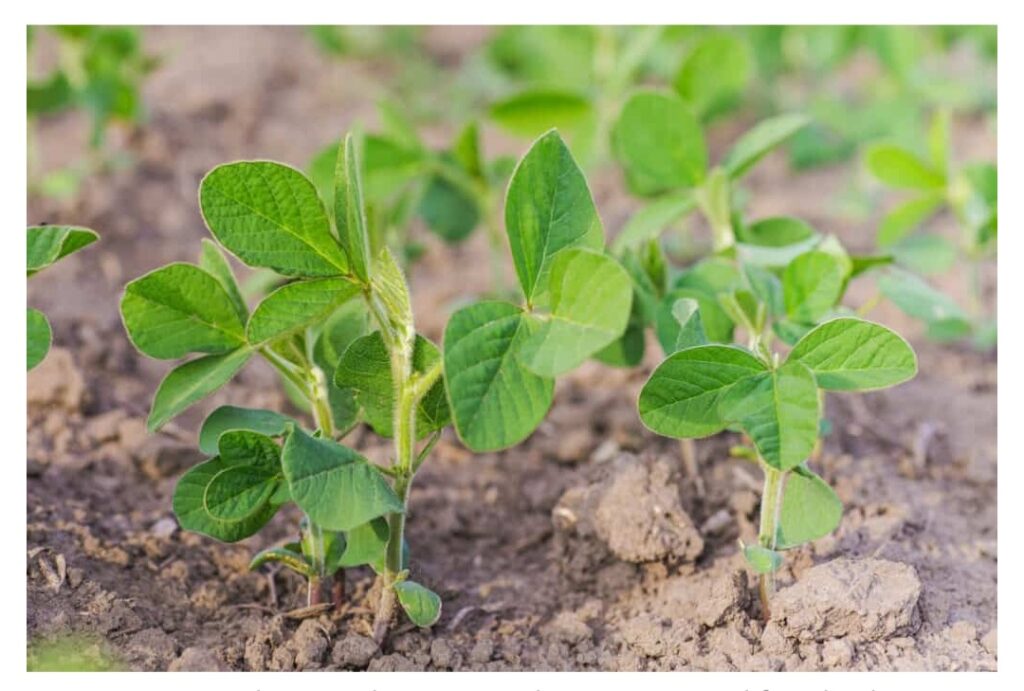
VARIETIES OF SOYBEANS
There are local varieties and modern varieties of soybeans. The modern varieties are erect, bushy and can grow up to 20-180cm tall. They usually have few primary and secondary branches. Their growth habit depends on the direction of growth before flowering because they are photosensitive.
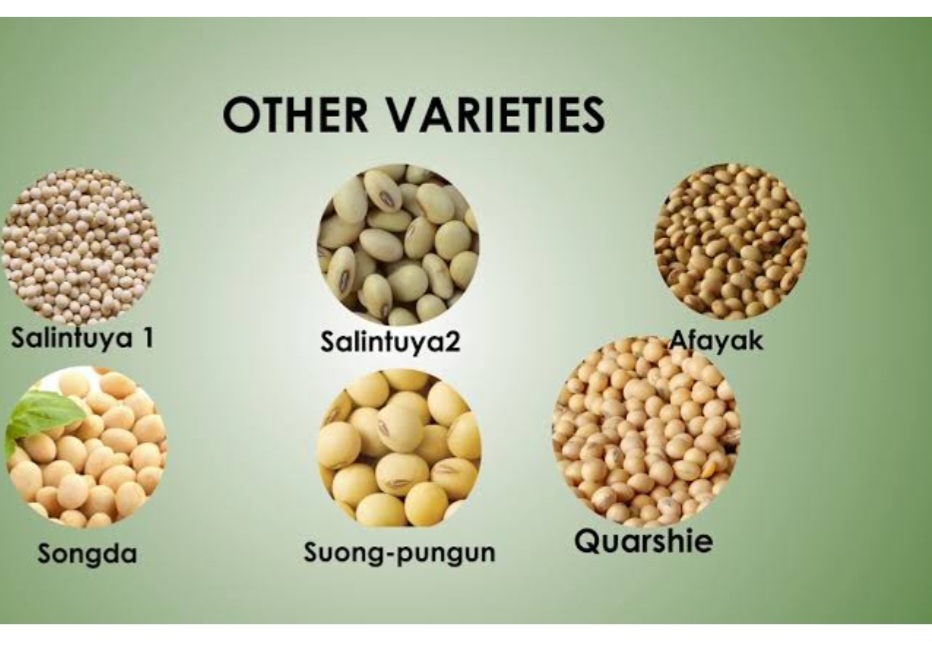
AGRONOMY OF SOYABEANS
CLIMATIC REQUIREMENT: Soyabeans in both vegetative and reproductive growth stages are influenced by temperature. It requires a minimum temperature of 10°C for growth. The vegetative growth stage is promoted by warm temperature. At 38°C, growth begins to retard particularly when young.
SOIL REQUIREMENT: Soyabean can grow on a wide range of soil types. But they thrive best on sandy or clay loam soil or on alluvial soils. They have ability to absorb nutrients from these soils more efficiently and can achieve maximum yield at soils with low nutrient status.
Soyabeans do not thrive in soils with poor water retention, such as sand, gravel, or shallow soils. Also, waterlogging could also cause crop damage.
SYMBIOTIC ASSOCIATION: Soyabeans form symbiosis relationship with Rhizobium japonicum to fix nitrogen into the soil. The amount of Nitrogen fixed depend on a number of factors such as: 1. Nitrogen fixation increases if soil Nitrogen concentration is small. 2. Nitrogen fixation increases if environmental conditions such as pH, temperature and moisture etc are optimum for good plant growth and yield.
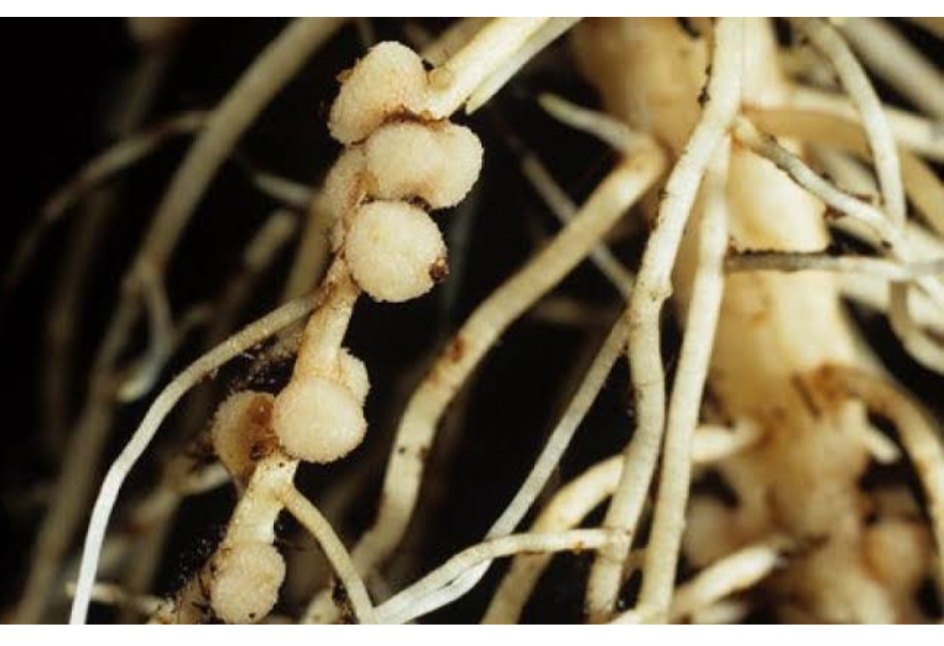
NUTRIENT REQUIREMENT: Soyabeans do suffer from micronutrient deficiency due to unavailability of nutrients. On acidic soils with pH 5.5, the addition of molybdenum (Mo) as a seed dressing improves yield because Mo is unavailable at this soil pH. Mo is necessary component of the nitrogenase enzyme involved in Nitrogen fixation. In alkaline soils, chlorosis deficiency is a problem due to iron (Fe) deficiency.
Soybean seeds can find it tough to sprout in saline or sodic soils. Very acidic soils (with a pH below 4.5) are not suitable for growing legumes due to the potential for aluminum and manganese toxicity. Soils with pH higher than 8 often lack the required micronutrients for growing soybeans, especially zinc and iron .
LAND PREPARATION: The land should be prepared by ploughing, then harrowing, for conventional tillage. For minimum tillage, contact herbicide mixed with pre- emergence herbicide can be sprayed on the light bushes.
PLANTING: Soybeans can be interplanted with cereals such as maize and sorghum. They can also be rotated with other crops.
Soyabeans are planted using seeds.
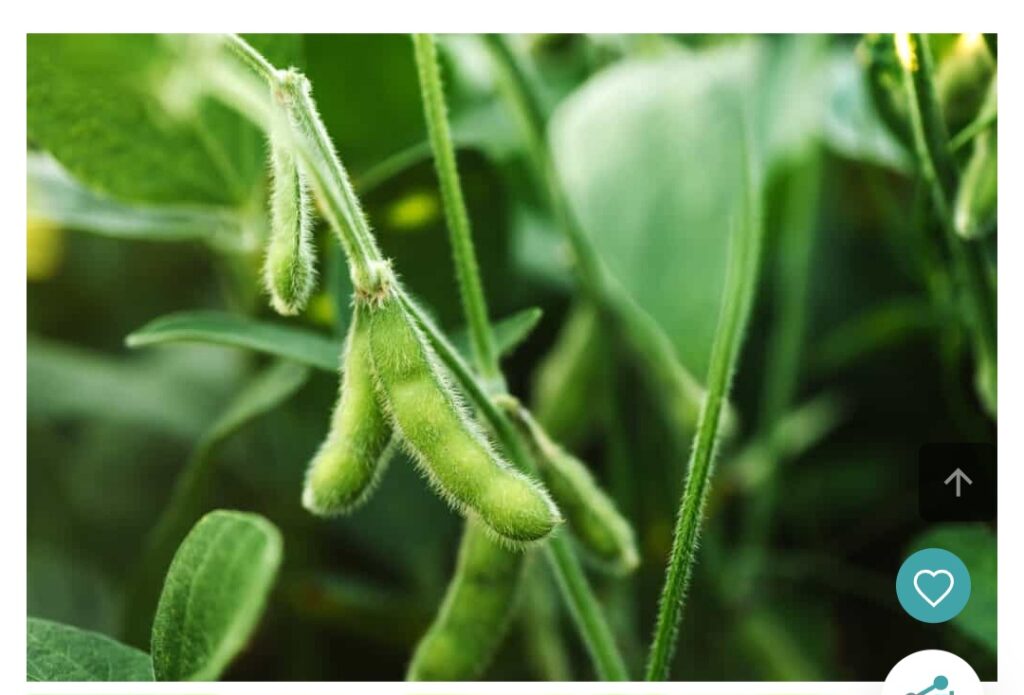
SPACING: Soyabeans spacing depends on whether the crop is grown as a sole crop or mixed cropped. For sole cropping, the spacing depends on the cultivar and purpose for which the crop is raised.
For seed production, soyabeans is usually spaced at 45-120cm between rows and 2-5 cm within rows. The planting density varies with cultivar and date of maturity.
WEED CONTROL: For the first three weeks after planting, soyabeans field should be weed-free. Subsequent weeding should be done as necessary.
FERTILIZER REQUIREMENT: Intensive production of soyabean does not require the application of Nitrogen but rather relies on fixing Nitrogen to supplement uptake of residual Nitrogen from the soil. Potassium and phosphorus application prior to growing soyabeans are recommended when available P. values are between 30-40kg/hectare. When soil test indicate residual P and K levels nears or greater than 30-40 kg/hectare, then fertilizer application should not be carried out. Soyabeans can be rotated with maize more than any other crops.
HARVESTING: It takes 100 to 130 days or more for soybean to complete their full growth cycle.
In developed countries, combined harvesters are used for harvesting soyabeans. In developing countries like Nigeria, the plant is cut at ground level, bundled, air dried and threshed mechanically or manually by beating the sacks with sticks on cemented floor
PESTS AND DISEASES OF SOYABEANS
PESTS:
Soyabeans are comparatively free of insect pests. The most serious pest is the soyabean pod borders ( Laspeyresia glycinivoralla). Others Include Grasshopper, green stink bugs etc.
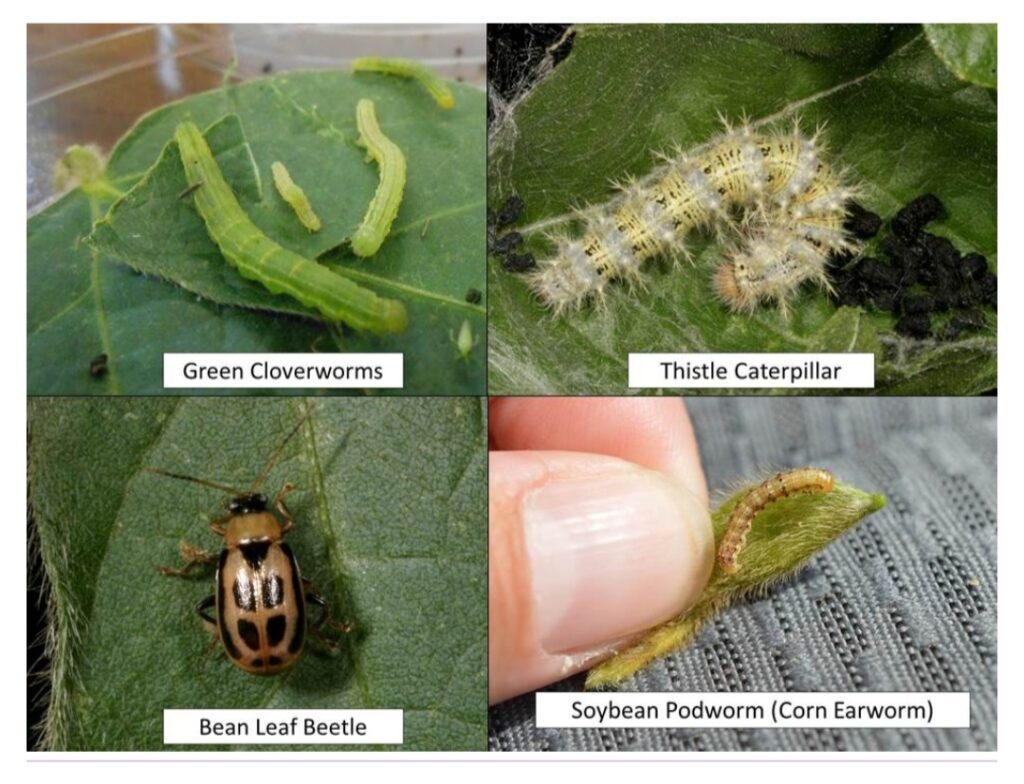
DISEASES
The commonest diseases of soyabeans are. 1. Bacterial blight ( Pseudomona glacinea) 2. Bacterial pustule of leaf ( Zanthomonas phaseoli) 3. Pod and stem blight ( Diaporthe phaseolorum) 4. Wild fire ( Pseudomonas tabacum) 5. Downey mildew ( Perenospona manshurica)
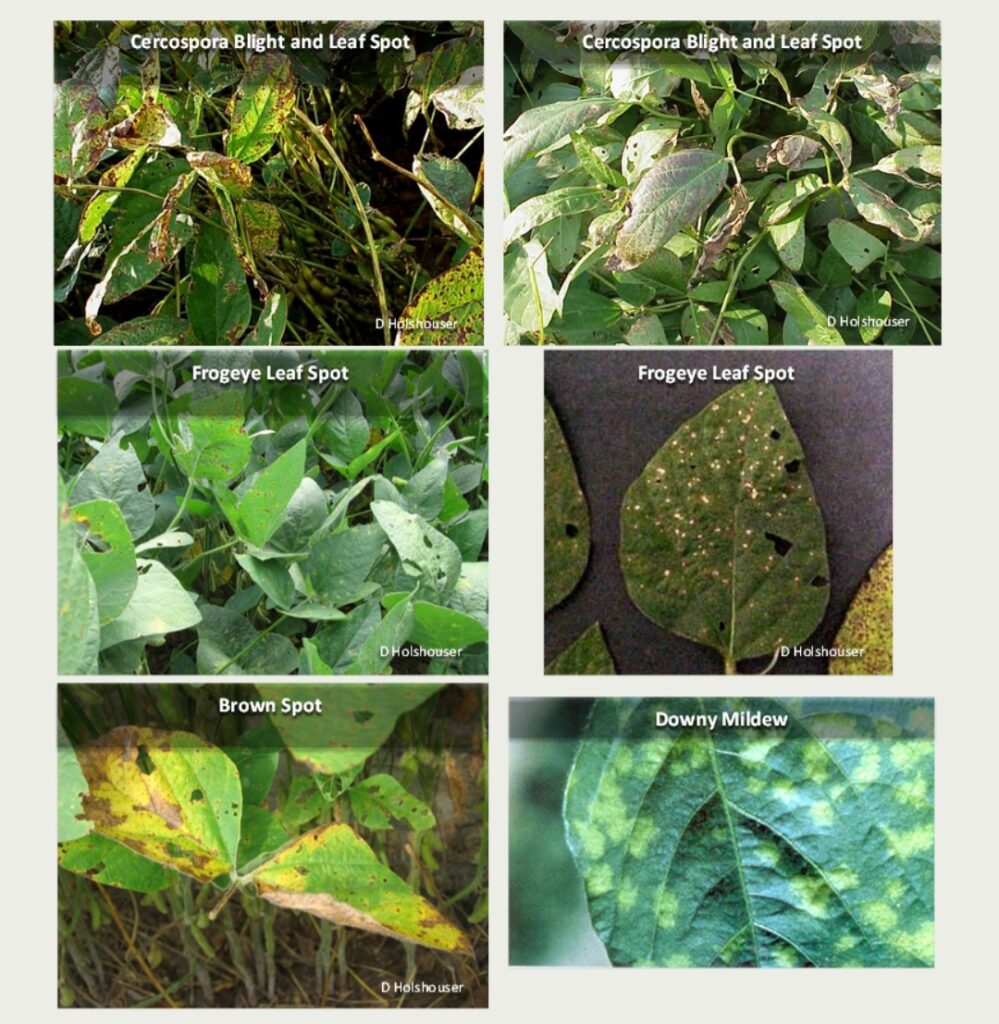
Viruses. 6. Soyabean mosaic virus. 7. Yellow bean mosaic virus
Nematodes that attack the roots of soyabeans: 8. Root-knot nematode (Melodogyne spp) 9. Cyst nematode (Heterodera spp)
UTILISATION OF SOYABEANS
Soyabeans are grown for their seeds. The seeds contain 40% protein, 21% oil , 34% CHO and 4.9% ash.
PROCESSING: Soyabean processing involves dehulling ( testa removal), flaking the cracked seeds and extraction of oil in hexadecimal solvent.

Nice meet you.
Hi Haruna, Nice to hear from you too. How do you view the site. Do you have any aspect of Agriculture you want supremelights to address.
Bye